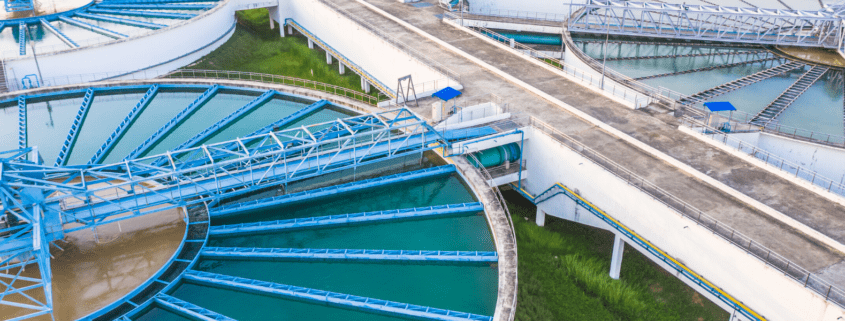Process of Chemical Treatment of Wastewater
Wastewater chemical treatment is a necessary process that is done to remove contaminants and solids from the water, in order to ensure purification so that it is deemed safe for humans and the environment.
Though there are different types of treatments for wastewater, chemical treatment is usually an additional process involving addition of specific chemicals for various purposes, including:
- Neutralization
- Precipitation (Coagulation and Flocculation)
- Oxidation
- Ion exchange
- Disinfection
Neutralization:
This step involves the addition of either an acid (for lowering pH) or an alkali (for raising pH), depending on the pH of the wastewater. Sodium hydroxide and sulfuric acid are chemicals that are commonly utilized for this step.
Precipitation (Coagulation and Flocculation):
This part of the treatment is extremely important and involves adding coagulants and flocculants to create a floc, or large clusters of solid particles, that can later be removed from the water by filtration. Coagulation is the process of destabilizing negatively charged particles by introducing positively charged chemicals, which will allow for the solid particles to form into large groups. After this step, flocculation is performed in order to further ensure the growth and accumulation of the floc. Commonly used coagulants are iron (III) sulfate and aluminum sulfate, which can also simultaneously act as a flocculant.
Oxidation:
This step involves the addition of an oxidizing agent to reduce the chemical oxygen demand levels of the water and remove organic and oxidizable inorganic particles. Hydrogen peroxide and ozone are commonly used oxidizing agents.
Ion Exchange:
This important step is done to soften hard water, which can result in scale formation or residue. Positively charged sodium ions, usually from sodium chloride, are added to the water to exchange spots with calcium and magnesium, which are the ions responsible for water hardening.
Disinfection:
This step is meant to purify the water by killing any bacteria or pathogens. Chlorine is commonly added to kill bacteria and viruses, ensuring complete disinfection of the water.
Looking for Wastewater Chemical Treatment Solutions?
Looking for an environmentally preferred water treatment product to satisfy your industrial or business needs? You can begin shopping for products here, or you can contact our experts here to find the best product for you!




